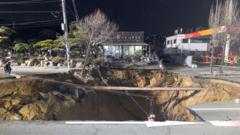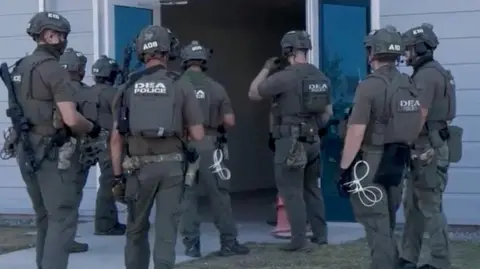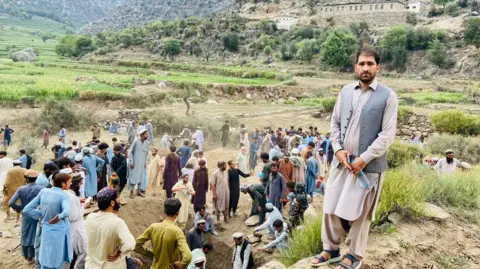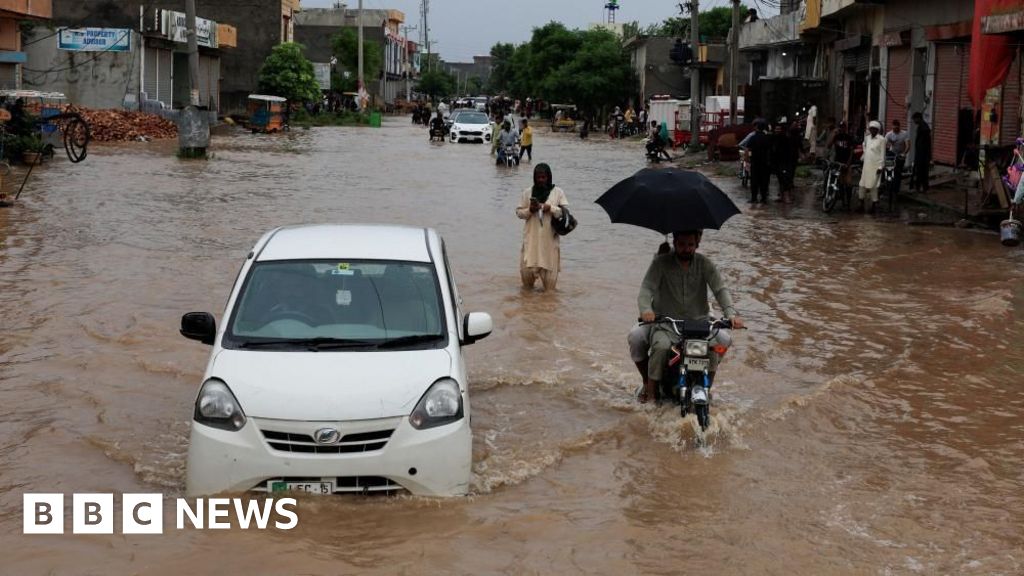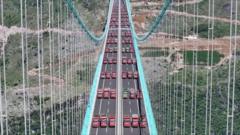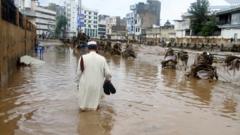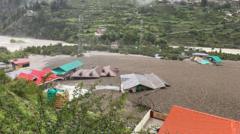The incident occurred on Monday evening around 6:30 PM local time, leading to the injury of another driver nearby. Local authorities reported the presence of 2,000 tons of mixed soil and water within the sinkhole, although the exact cause of the collapse remains unclear. Recent data revealed an alarming trend in Seoul, with 223 sinkholes reported over the past decade, raising concerns about the city's infrastructure integrity.
Videos circulating on social media depict the terrifying moment when the road collapsed, causing the motorcyclist to plummet into the abyss while a vehicle in front narrowly avoided disaster. The incident mirrors other recent sinkhole tragedies in urban environments, accentuating the risks associated with rapid urbanization and potential geological vulnerabilities.
Experts suggest that sinkholes can form through natural processes like erosion of soluble rocks or human activities contributing to ground instability. As cities continue to expand, assessing and strengthening infrastructure resilience remains imperative to prevent future tragedies.
Authorities are conducting thorough investigations into the sinkhole's origin as they address public safety concerns following this devastating event.
Videos circulating on social media depict the terrifying moment when the road collapsed, causing the motorcyclist to plummet into the abyss while a vehicle in front narrowly avoided disaster. The incident mirrors other recent sinkhole tragedies in urban environments, accentuating the risks associated with rapid urbanization and potential geological vulnerabilities.
Experts suggest that sinkholes can form through natural processes like erosion of soluble rocks or human activities contributing to ground instability. As cities continue to expand, assessing and strengthening infrastructure resilience remains imperative to prevent future tragedies.
Authorities are conducting thorough investigations into the sinkhole's origin as they address public safety concerns following this devastating event.

